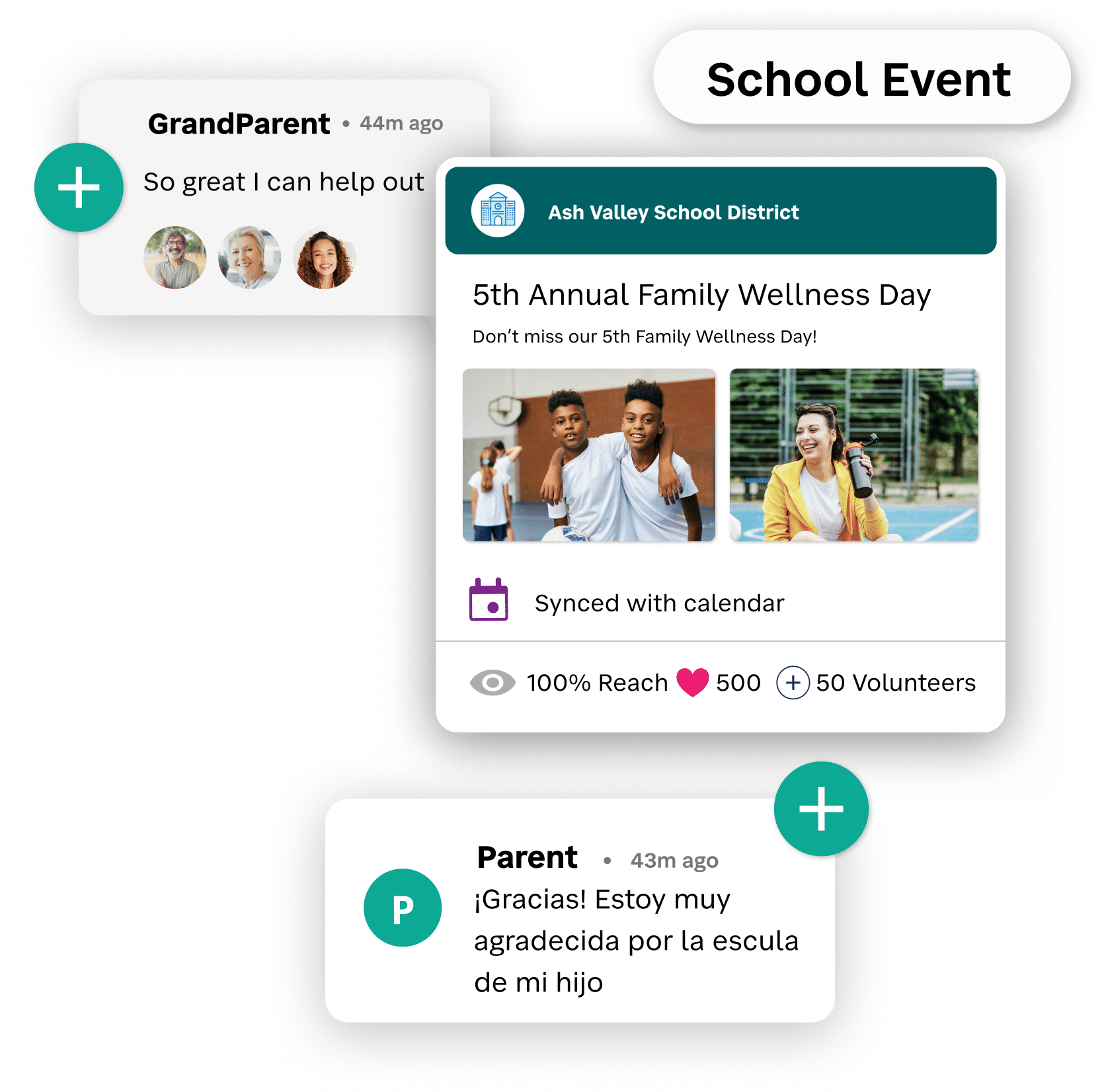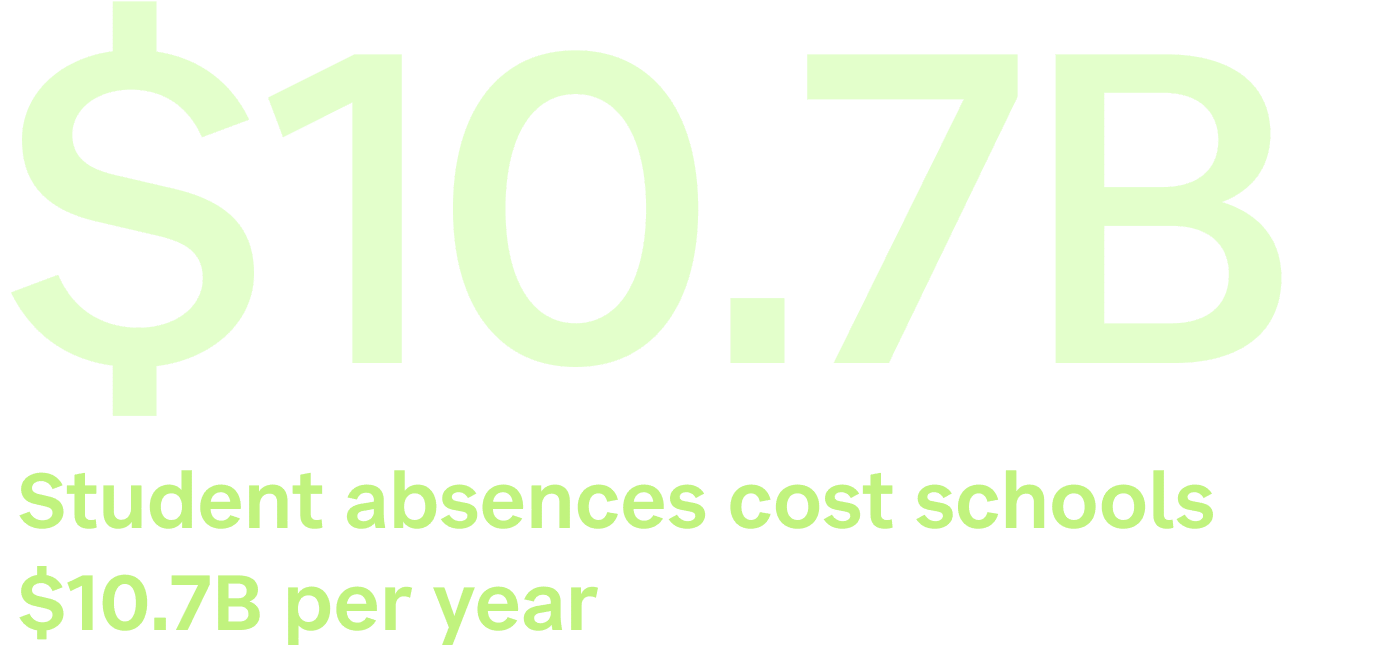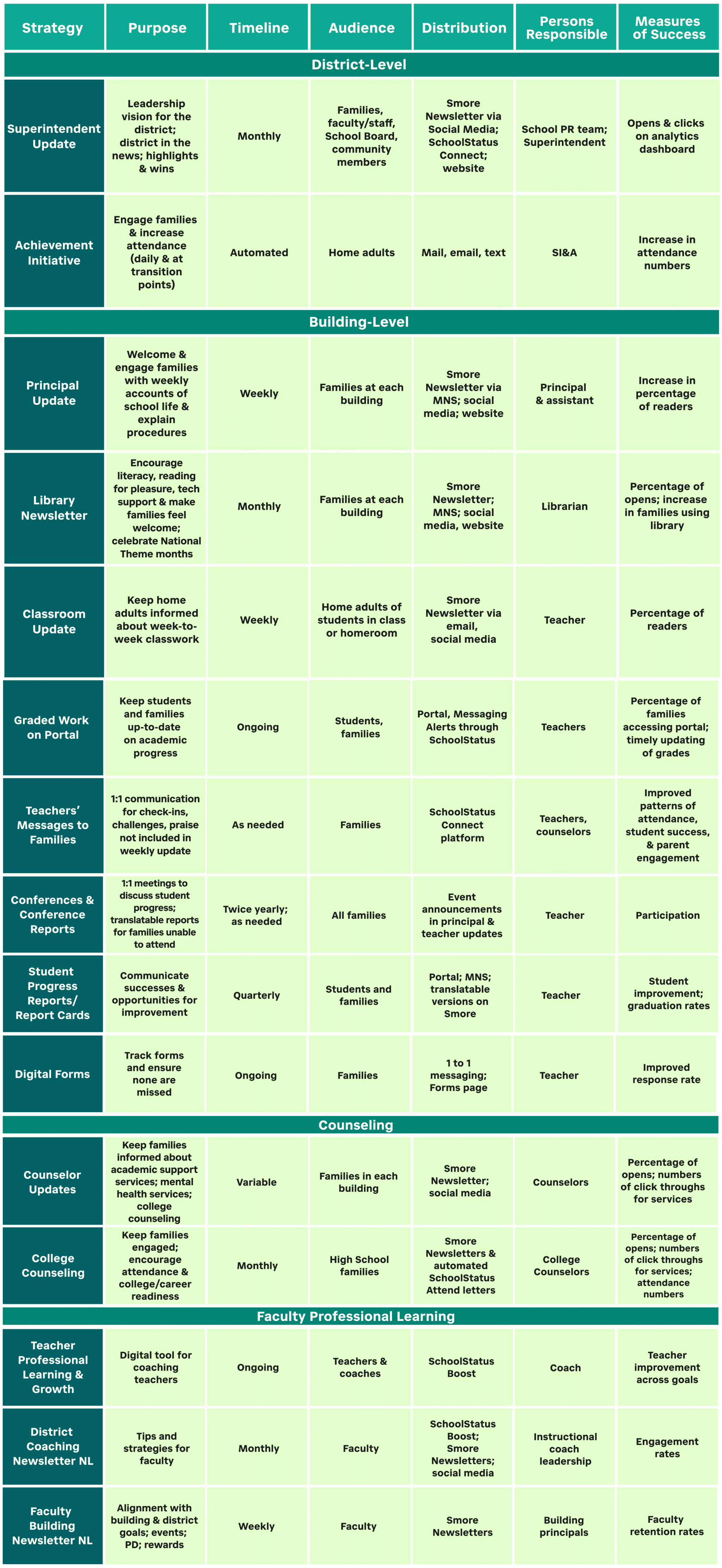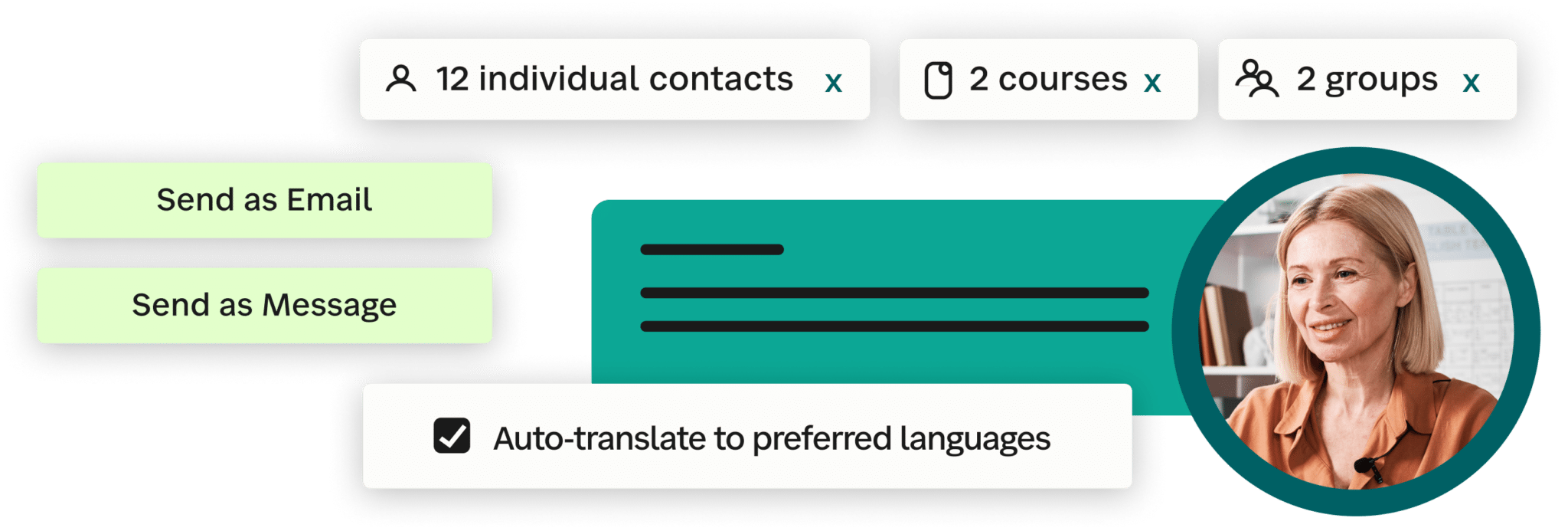Featured Resource
Why Over Half of California School Districts Trust SchoolStatus
Read More >Join Mission: Attendance to reduce chronic absenteeism in 2025-26! >> Learn How <<



Strategic Communication in K-12 Education
Build Trust, Boost Engagement, and Drive Academic Success with a Proactive Communications Strategy
School communications are about more than conveying information—they’re the foundation for strong school-home relationships that support student success. Here are proven strategies you can implement today.

In the evolving landscape of K-12 education, one factor consistently drives student success across districts: strategic school-home communication.
Effective communication builds trust, improves attendance, empowers families, and supports academic growth—yet many districts still rely on fragmented systems and outdated tactics. That’s why we are dedicated to providing resources—like Your Guide to Strategic Communication in K-12 Education— and other free, actionable tools that outline how to create a communications strategy that works at scale.
This comprehensive guide explores:
Strong communication builds bridges between educators and families. It’s the difference between passive information and active involvement.
According to The Journal of School Psychology, communication is the #1 factor in building trust between families and schools. Trust leads to:
When communication is frequent, relevant, and accessible, it empowers all families—including multilingual, immigrant, and low-income communities—to support their child’s success.
Create predictable rhythms of outreach—weekly newsletters, regular updates, and attendance reminders. Let families know when and how they’ll hear from you.
Go beyond generic messaging. Tailor outreach based on grade, student need, or family preference using tools that allow segmentation and automation.
Translate everything. Diversify channels. Ensure communication is accessible across devices and does not require families to download extra apps.


Families face unique challenges—from language and cultural differences to technology gaps and time constraints.
Learn how to address these and more in our free eBook →
Communication strategy without data is just guesswork.
When you align communication data with district goals, you can measure and improve outcomes like never before.


Inside the guide, you’ll find a sample communications plan that includes:
This roadmap helps district and school leaders move from scattered messaging to coordinated, impactful outreach. Download the Sample Plan →
SchoolStatus supports administrators, educators, and families by optimizing school communications. This is a sample school communications plan based on successful programs we’ve worked on with our partners.

Strategic communication requires the right infrastructure. SchoolStatus Connect is designed to:
Want to see it in action? Book a personalized demo →
The most successful school districts don’t just send messages—they create a communication ecosystem that empowers families and supports educators. It starts with a strategy.
Get the Free Guide Now and build a school-home communication plan that works for your district.

It takes a lot to keep families informed, but we’ve seen time and again that investing in communications results in better academic outcomes.
SchoolStatus Connect is a school communications and family engagement platform created to help you build stronger relationships with families. Our centralized communications hub makes it easy to see messages, outreach history, and student data in one place. You can send auto-translated text messages, emails, and mass notifications, and make phone calls without giving out your personal number.
SchoolStatus solutions reduce the burden on teachers and staff by automating workflows and centralizing student and district information. Book a personalized demo to learn how we can help decrease absenteeism and improve school-home communication in your district.
